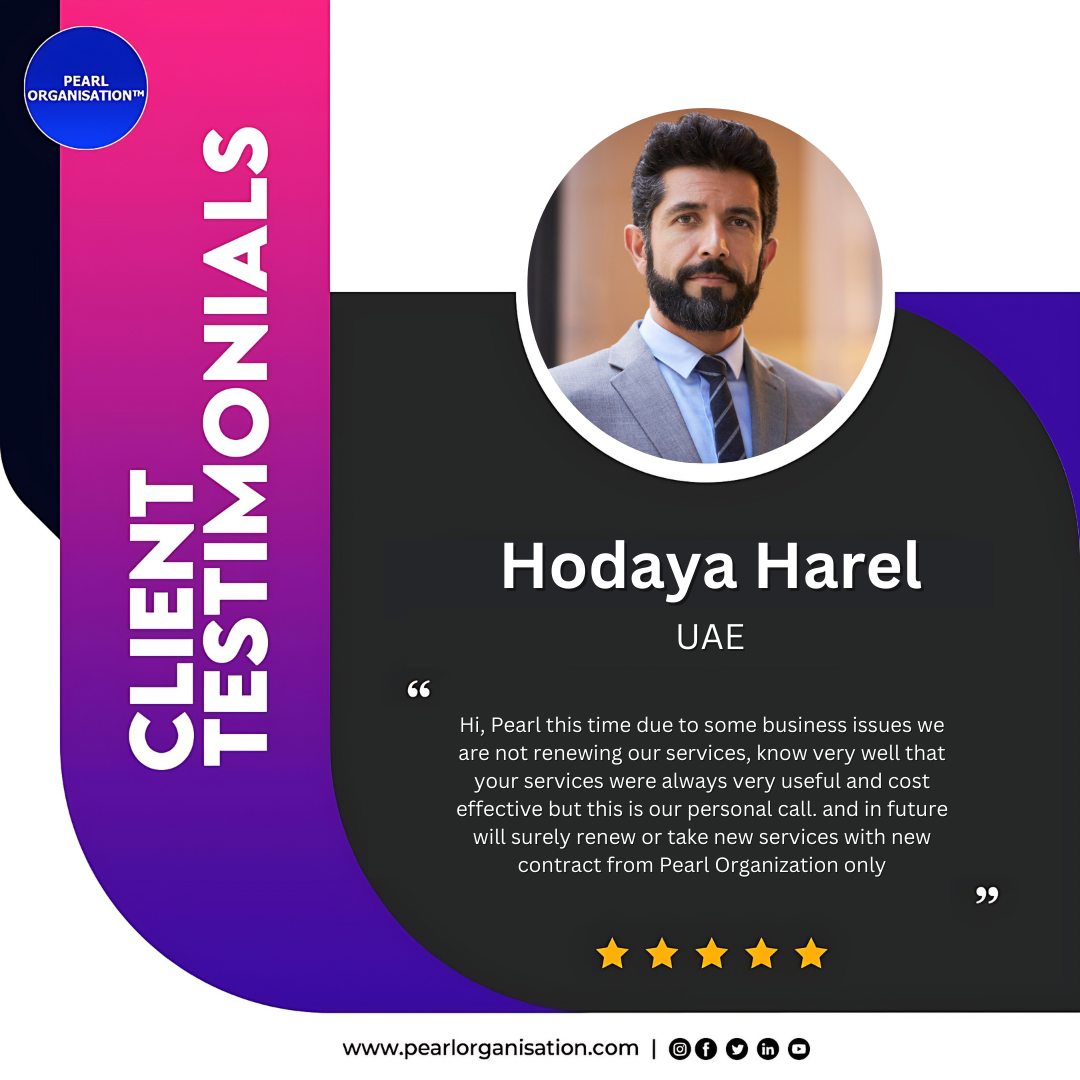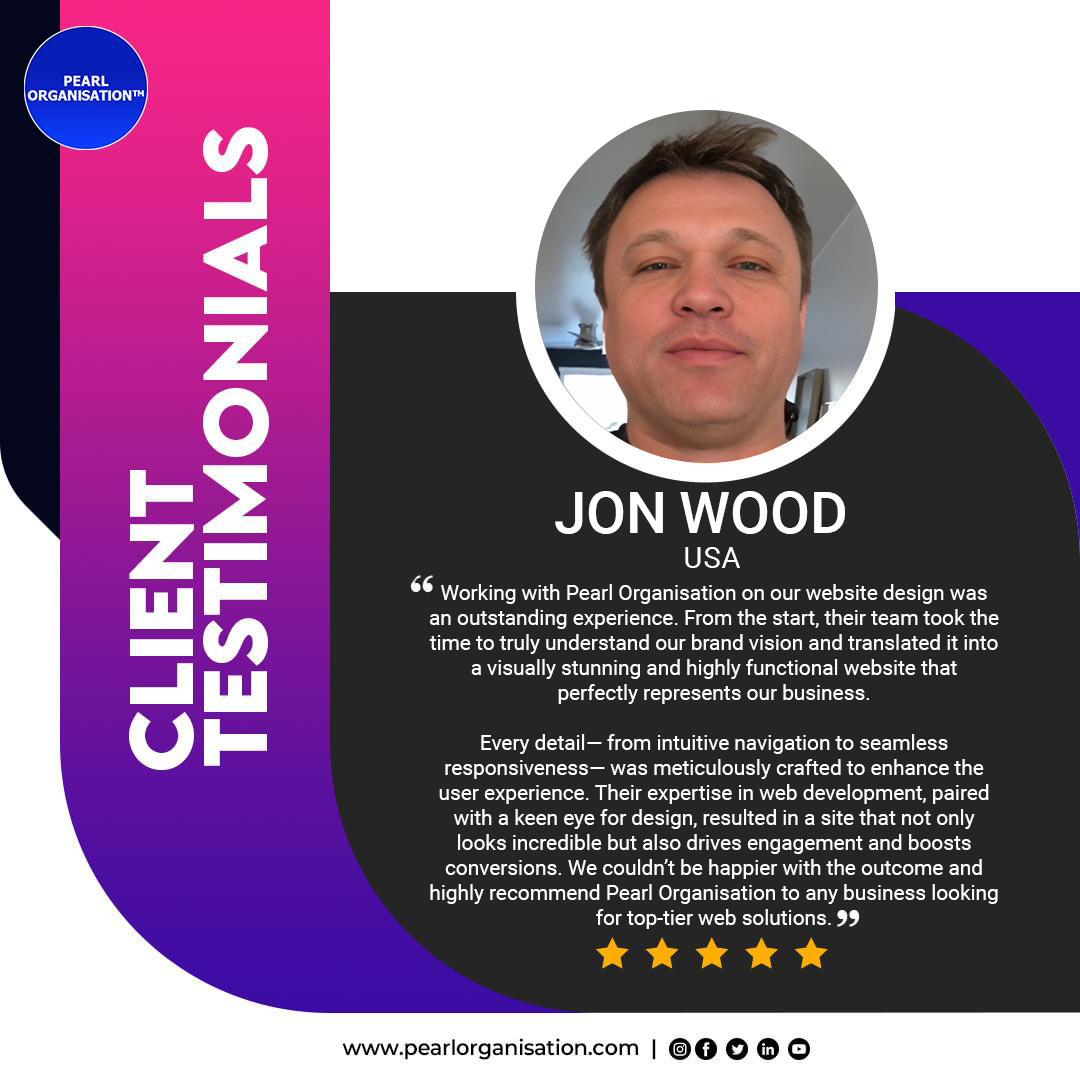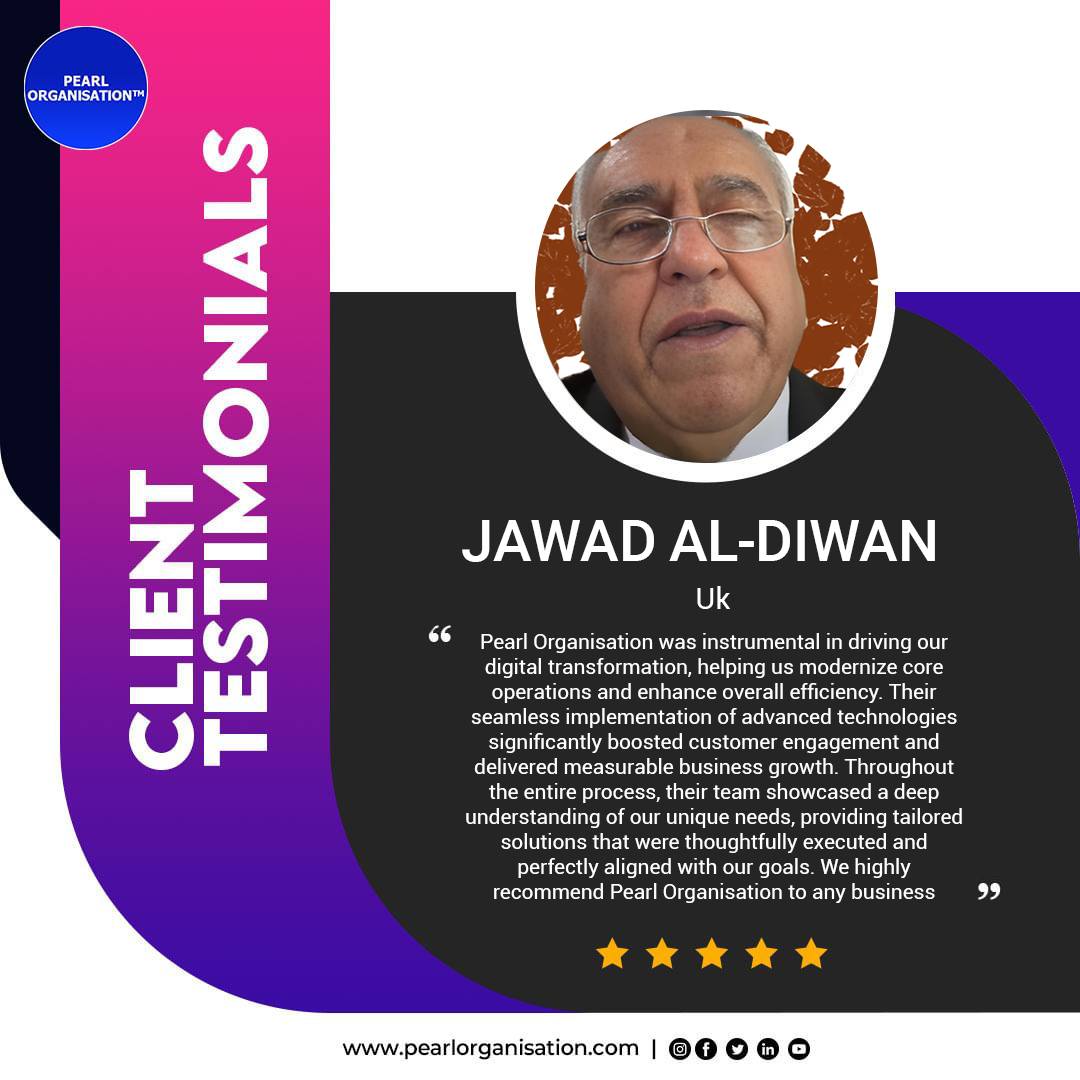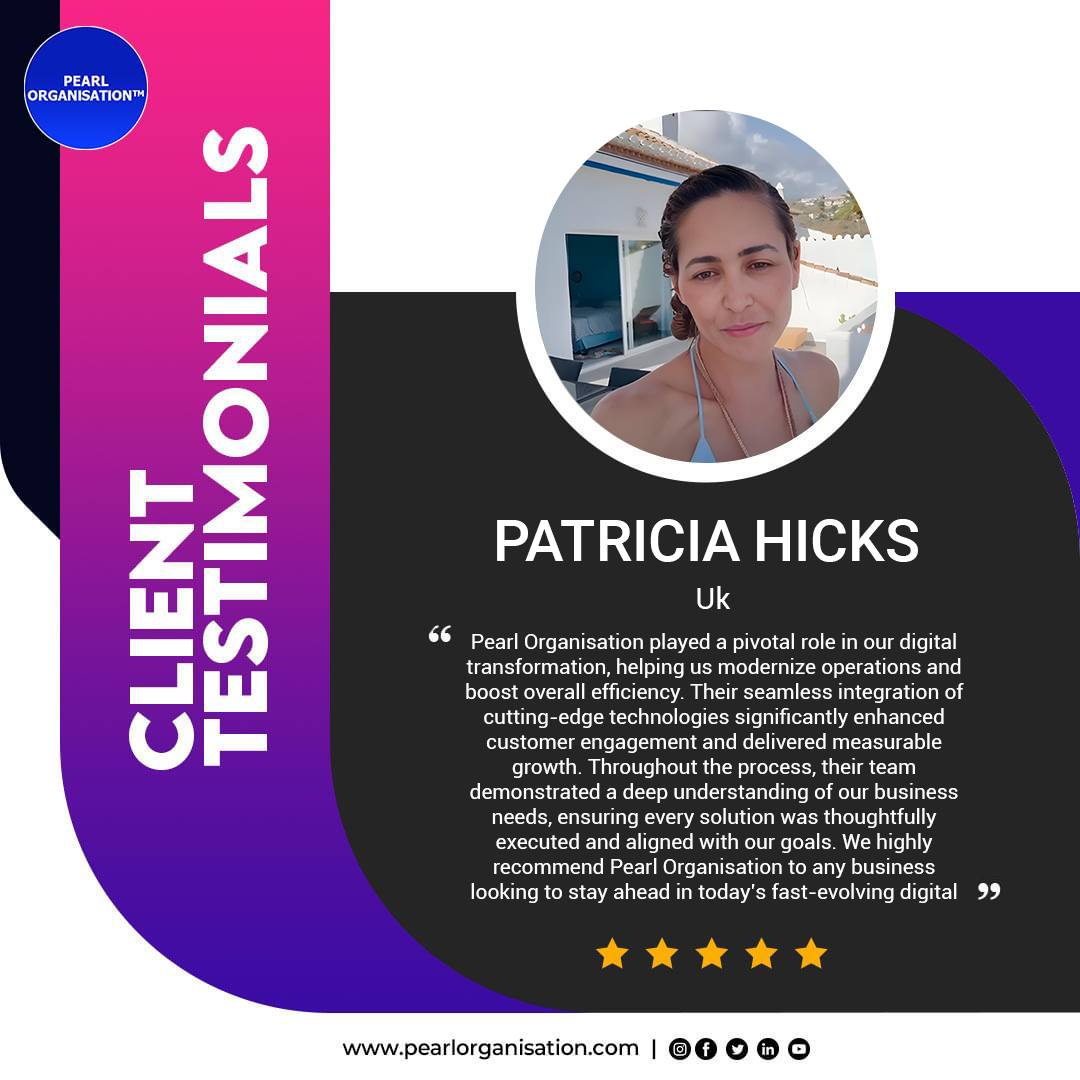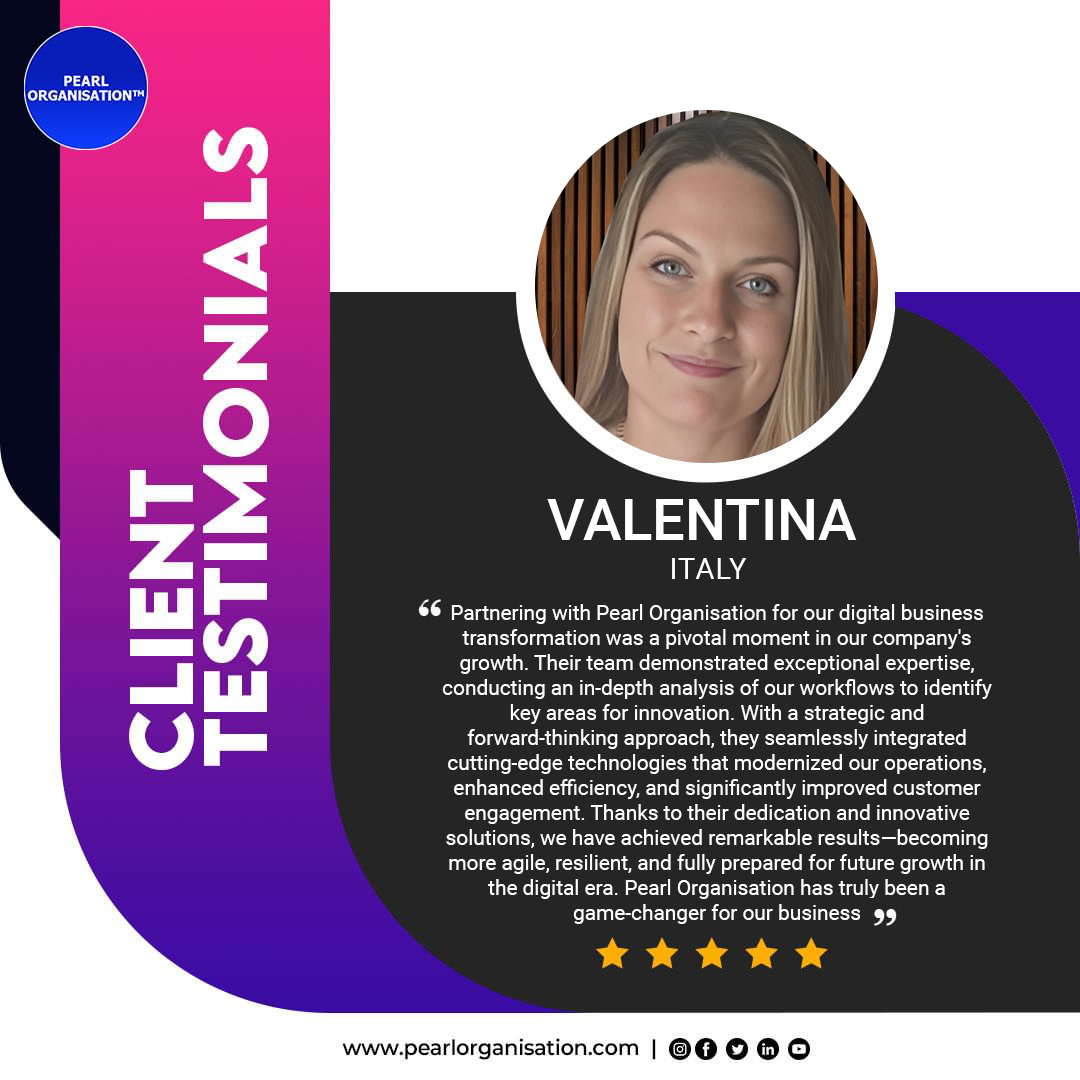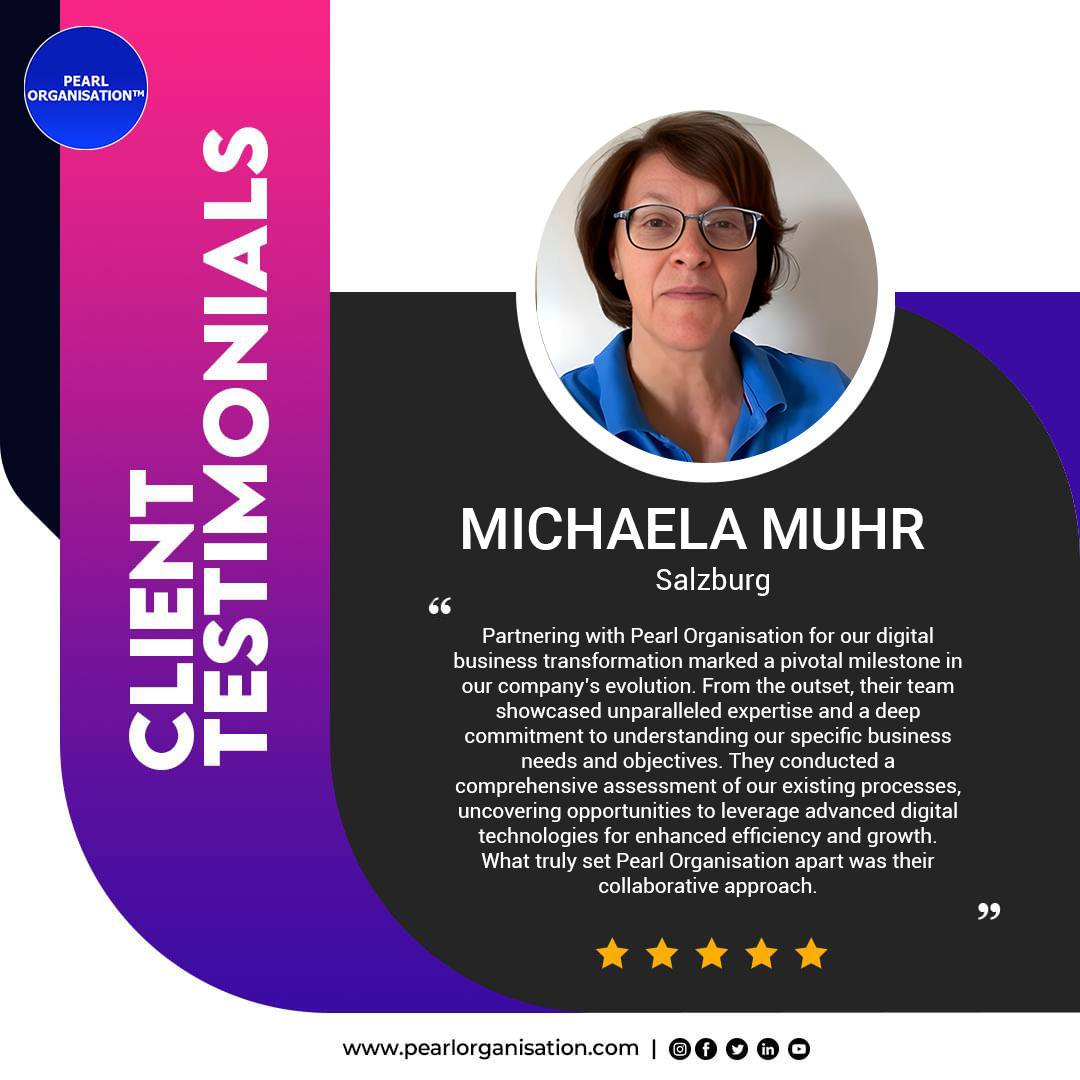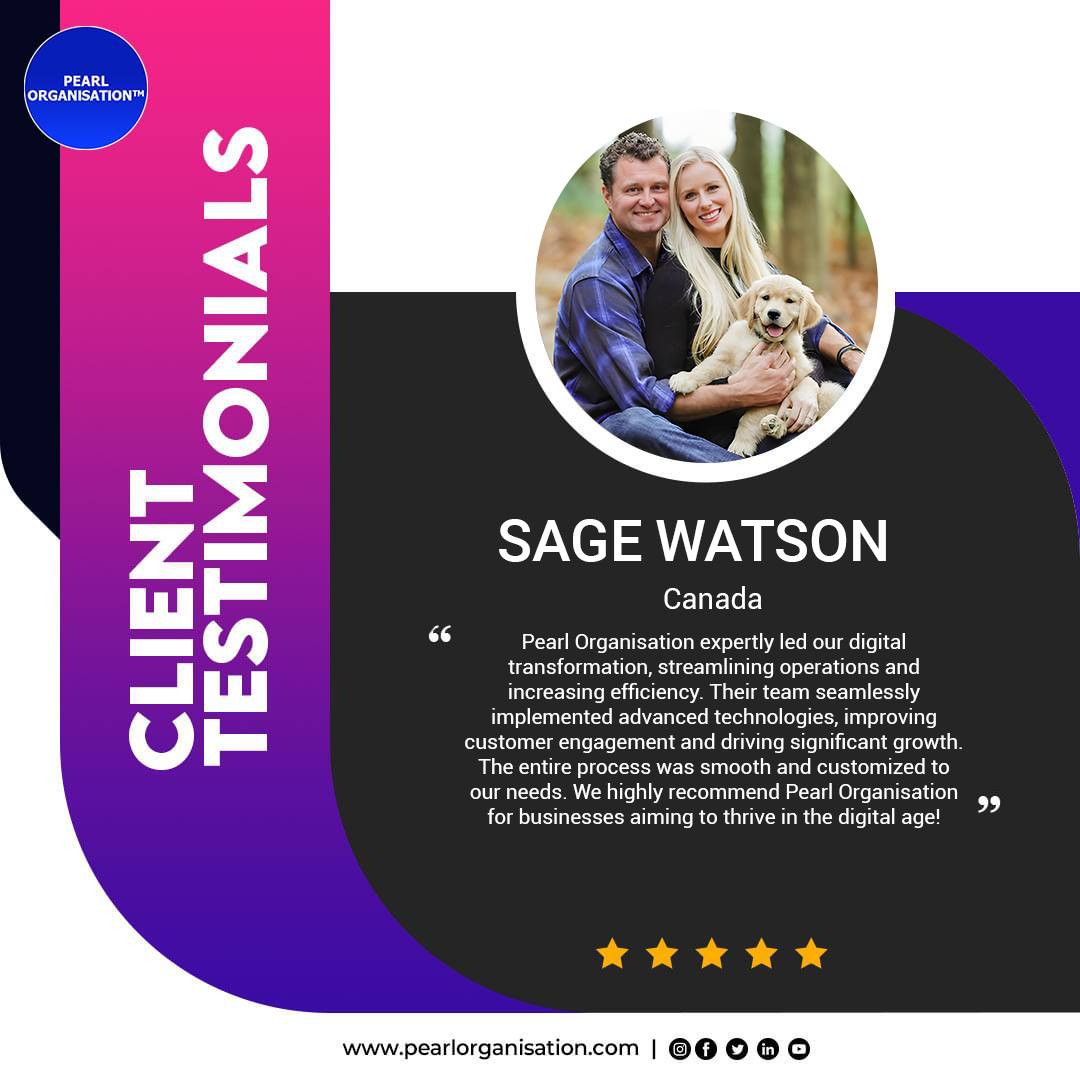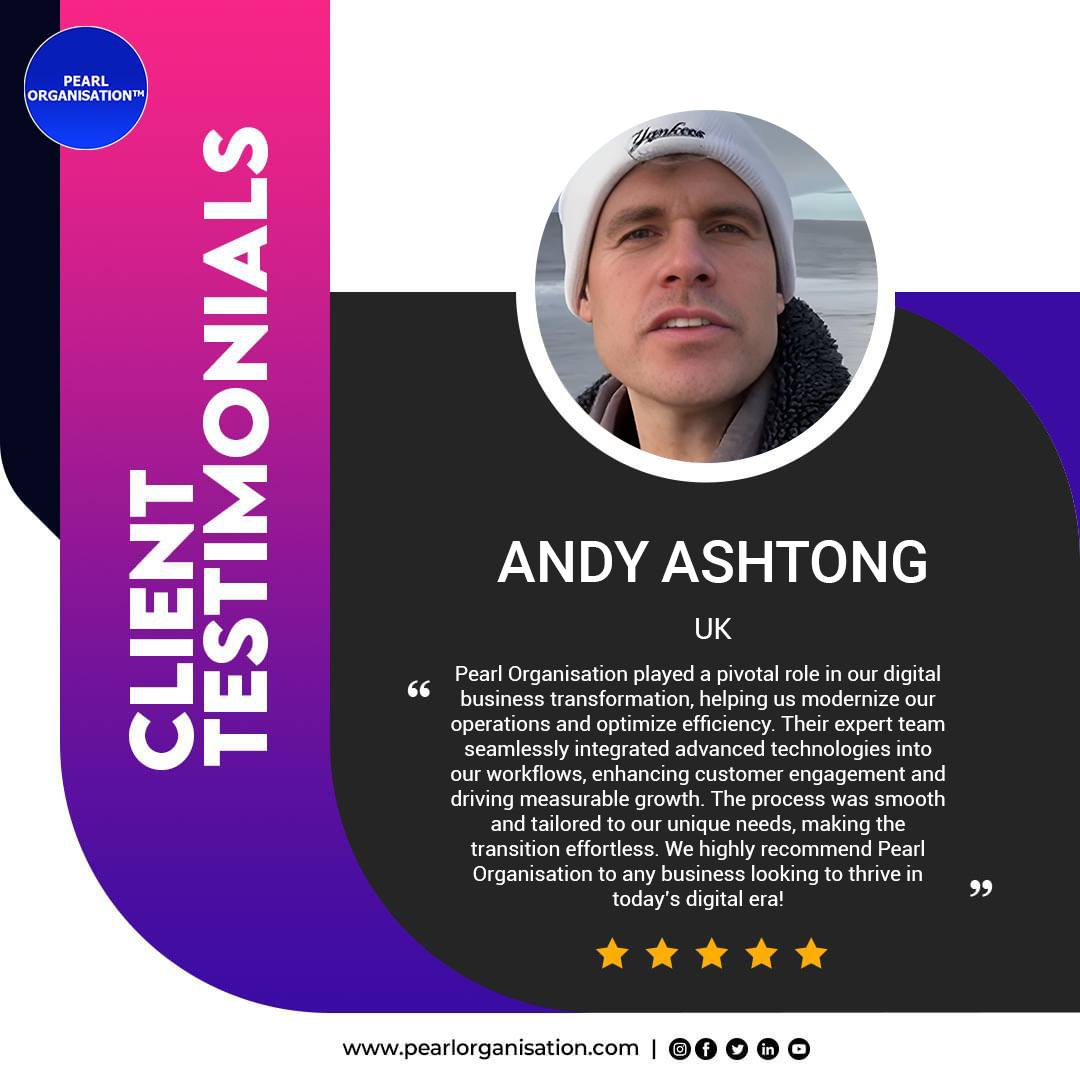Modernizing Legacy Infrastructure with Pearl Organisation’s Cloud-Native Architecture
- Larrisa

- Jun 26
- 6 min read

🌐 Introduction: Why Legacy Infrastructure is Holding Businesses Back
Legacy systems—often decades old—still power critical processes in many enterprises. These systems may be reliable but are increasingly inflexible, expensive, insecure, and incompatible with modern digital goals. In 2025, where scalability, agility, and real-time decision-making are essential, modernizing legacy infrastructure isn’t a choice—it’s a business imperative.
At Pearl Organisation, we specialize in transforming outdated, monolithic systems into agile, cloud-native architectures that are ready for the demands of AI, automation, big data, and global scalability.
💡 What Is Legacy Modernization?
Legacy modernization is the strategic process of upgrading or rearchitecting legacy applications, platforms, databases, or infrastructure to:
Improve performance and scalability
Enhance security and compliance
Enable integration with modern APIs and services
Reduce long-term operational costs
Support cloud-native and DevOps practices
Whether you’re running on outdated mainframes, on-premise Oracle databases, or siloed .NET apps, Pearl Organisation provides a step-by-step roadmap for cloud migration and modernization.
🚀 Pearl Organisation’s Cloud-Native Modernization Framework
We follow a proven six-phase cloud-native transformation model:
1. Discovery & Assessment
Inventory of all systems, workloads, dependencies
TCO/ROI analysis for modernization
Risk mitigation strategies for mission-critical apps
Regulatory and compliance mapping (HIPAA, GDPR, ISO, etc.)
2. Cloud Strategy Development
Choose best-fit model: public, private, hybrid, or multi-cloud
Select cloud provider: AWS, Azure, Google Cloud, DigitalOcean
Define target architecture: container-based, microservices, or serverless
Map services: database-as-a-service, object storage, compute, and CDN
3. Application Refactoring or Replatforming
Decompose monoliths into microservices
Refactor to support stateless containers and orchestration
Convert codebases to modern frameworks (e.g., .NET → Node.js, Java → Spring Boot)
Shift from tightly coupled architecture to event-driven APIs
4. Data Modernization & Migration
Migrate from legacy RDBMS to cloud-native options (Aurora, BigQuery, CosmosDB)
Enable real-time pipelines (Kafka, Apache NiFi)
Archive cold data securely while keeping hot data accessible
Implement data governance and lineage
5. Cloud-Native Infrastructure Deployment
Use IaC (Terraform, AWS CDK, Pulumi) for reproducible infrastructure
Deploy using containers (Docker, Kubernetes, ECS, GKE, AKS)
Set up observability: logging, tracing, and performance metrics
Automate with CI/CD pipelines (Jenkins, GitHub Actions, ArgoCD)
6. Ongoing Optimization & Governance
Real-time autoscaling and load balancing
Continuous performance testing
FinOps to manage cloud costs
Security patches, IAM, and compliance audits
🧠 Why Pearl Organisation?
✅ Deep Expertise Across Platforms
✅ Custom Modernization Path
Not all systems require full reengineering. We assess whether to:
Rehost (Lift & Shift)
Replatform (Change the runtime platform)
Refactor (Rewrite for cloud-native)
Rebuild (Reimagine from scratch)
✅ End-to-End Support
Architecture planning
Migration execution
Security and governance
Training and change management for internal teams
🔒 Modernization with Security, Compliance & Observability
Pearl Organisation embeds security-first thinking at every layer:
Zero-trust network architectures
Role-based access control and MFA
Vulnerability scanning and WAF configuration
Data encryption (at rest and in transit)
Compliance audits for GDPR, HIPAA, ISO27001, SOC2, PCI-DSS
We also ensure full visibility with:
Log aggregators (ELK, Datadog)
Tracing with OpenTelemetry
Cost usage dashboards (CloudHealth, Azure Cost Manager)
🌍 Real-World Impact: Case Example
Client: National Insurance Provider
Challenge: 15+ year-old legacy claims system was slow, prone to errors, and had poor integration with modern platforms.
Solution:
Lifted core claims engine to AWS
Refactored frontend into microservices (React + Node.js)
Integrated AI for automated fraud checks
Enabled API-based data exchange with partner banks and hospitals
Results:
📈 Business Benefits of Cloud-Native Modernization
Benefit | Before Modernization | After Pearl Organisation's Cloud-Native Approach |
Time-to-Market | Weeks/Months | Hours/Days |
System Uptime | ~85% | 99.9%+ |
DevOps Speed | Manual Deployment | Fully automated CI/CD pipelines |
Scalability | Manual provisioning | Elastic autoscaling |
Security Compliance | Periodic audits | Continuous monitoring & compliance |
Infrastructure Cost Savings | Fixed on-premise pricing | ~30-60% cost reduction via cloud optimization |
📌 Final Thoughts: Don’t Migrate—Transform
Simply migrating your legacy apps to the cloud may solve short-term problems—but it won’t future-proof your business.
Pearl Organisation helps clients not just lift and shift—but lift, evolve, secure, and scale their infrastructure using cutting-edge cloud-native principles. Our modernization services create agile, resilient, and intelligent systems ready for AI, automation, and real-time innovation.
🔗 Ready to future-proof your business infrastructure?
💬 Frequently Asked Questions (FAQs)
Q1. What is legacy infrastructure, and why is modernization necessary?
Legacy infrastructure refers to outdated IT systems, applications, or databases built using old technologies (e.g., COBOL, mainframes, on-premise servers) that are difficult to scale, integrate, or maintain. These systems may:
Lack support for modern cloud or API standards
Be costly to operate and secure
Inhibit business agility and innovation
Modernizing these systems enables businesses to become more agile, cost-efficient, and scalable, while also integrating with new technologies like AI, automation, and real-time analytics.
Q2. What are the key benefits of legacy modernization through Pearl Organisation?
Pearl Organisation delivers measurable benefits through its cloud-native modernization services, including:
Q3. How does Pearl Organisation assess what to modernize first?
We start with a comprehensive infrastructure audit, including:
Application performance and dependency mapping
Security and compliance risk evaluation
Business process alignment
ROI-based modernization prioritization
This ensures we modernize what matters most—core systems, high-risk components, and scalability bottlenecks.
Q4. What cloud platforms does Pearl Organisation support?
We support multi-cloud and hybrid strategies, including:
Amazon Web Services (AWS)
Microsoft Azure
Google Cloud Platform (GCP)
Oracle Cloud Infrastructure (OCI)
DigitalOcean, Linode, VMware Cloud, and others
Our architecture is vendor-agnostic, giving you full flexibility and cost control.
Q5. What approaches to modernization does Pearl Organisation use?
Depending on your infrastructure, we select the best fit among:
Rehost (lift & shift to cloud)
Replatform (migrate to cloud-native platforms like Kubernetes)
Refactor (rewrite core components as microservices)
Rebuild (complete application reengineering)
Replace (swap legacy apps with SaaS or cloud-native tools)
We often combine multiple strategies across systems.
Q6. Will our systems experience downtime during migration?
We plan modernization with zero or near-zero downtime using:
Blue-green deployments
Canary releases
Backup rollbacks and database replication
Real-time traffic redirection and monitoring
Clients are updated at every stage to minimize operational disruptions.
Q7. Is cloud-native modernization secure and compliant with global laws?
Yes. Pearl Organisation embeds enterprise-grade security and compliance, including:
End-to-end encryption (TLS, at-rest)
Role-based access controls (RBAC)
Identity federation (SSO, OAuth, SAML)
Intrusion detection and logging
Compliance with GDPR, HIPAA, ISO 27001, DPDPA, SOC 2, and PCI-DSS
We ensure your infrastructure remains audit-ready and breach-resistant.
Q8. Can legacy databases be modernized too?
Absolutely. We modernize databases by:
Migrating from on-prem SQL (Oracle, SQL Server) to cloud databases (Aurora, BigQuery, CosmosDB)
Breaking monolithic schemas into distributed, event-driven models
Building real-time pipelines with Kafka, Debezium, or Apache Beam
Enabling AI-ready data architecture for analytics and machine learning
Q9. What DevOps and automation tools does Pearl Organisation use?
We use modern DevOps tools and practices for continuous improvement:
CI/CD: GitHub Actions, GitLab CI, Jenkins
IaC: Terraform, AWS CloudFormation, Pulumi
Containers: Docker, Podman, Kubernetes (EKS, AKS, GKE)
Monitoring: Prometheus, Grafana, Datadog, ELK Stack
Secrets & Access: Vault, AWS IAM, Azure Key Vault
This helps ensure consistency, agility, and security across environments.
Q10. How long does modernization take, and what is the ROI?
Timelines vary based on complexity:
Small migration (1–2 apps): 4–6 weeks
Medium legacy suite: 8–12 weeks
Enterprise-grade systems: 3–6 months or phased rollout
Most clients experience:
~35% cost savings in Year 1
~40–60% improvement in IT productivity
Faster innovation cycles (hours instead of weeks)
Q11. Can Pearl Organisation help with post-modernization support and optimization?
Yes. We provide:
24x7 infrastructure support
Cloud cost optimization
Monthly patching and security hardening
Performance testing and SLA compliance audits
Ongoing DevOps upgrades and observability enhancement
Your modernization doesn’t end at migration—we ensure long-term success.
Q12. How can I get started with Pearl Organisation’s cloud modernization services?
Getting started is simple:





























